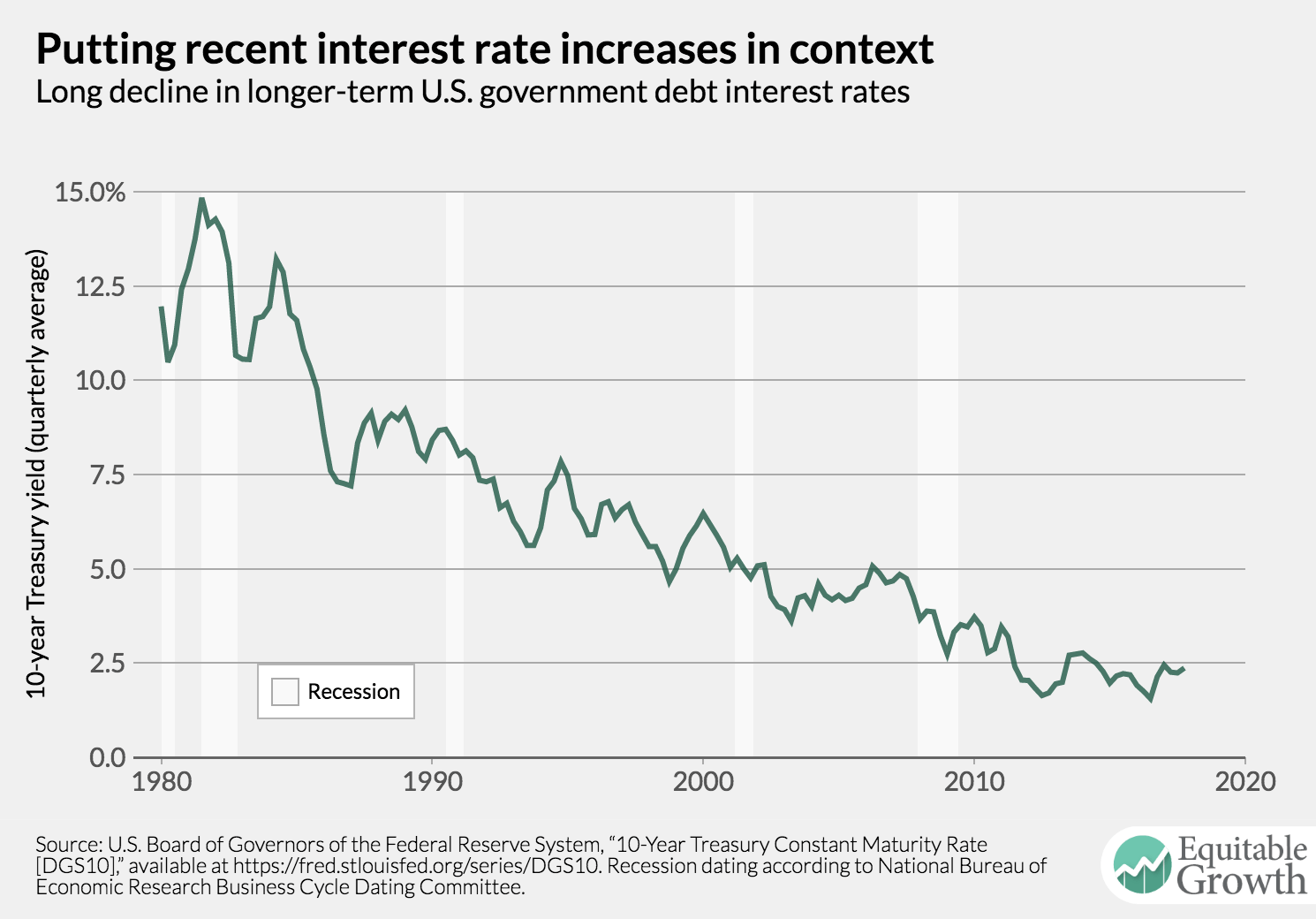Should-Read: Saying that gender inequality in Denmark is one third wage and salary rates, one third hours conditional on participation in the paid labor force, and one third labor force participation simply does not do it for me. Informed people make choices in environments. Discrimination and unfreedom is found not in outcome measures but in choice sets—plus the knotty question of how and what people are taught they should prefer, and how such preferences are then enforced: Hate the game, not the players. And does the departure of children from the household then close the gap? The authors take a stab at this with their analyses of the intergenerational transmission of lowered female earnings upon child arrival through the female line. But I want MOAR!: Henrik Kleven, Camille Landais, and Jakob Egholt Søgaard: CHILDREN AND GENDER INEQUALITY: EVIDENCE FROM DENMARK: “Despite considerable gender convergence over time, substantial gender inequality persists in all countries…
…Using Danish administrative data from 1980-2013 and an event study approach, we show that most of the remaining gender inequality in earnings is due to children. The arrival of children creates a gender gap in earnings of around 20% in the long run, driven in roughly equal proportions by labor force participation, hours of work, and wage rates. Underlying these “child penalties”, we find clear dynamic impacts on occupation, promotion to manager, sector, and the family friendliness of the firm for women relative to men. Based on a dynamic decomposition framework, we show that the fraction of gender inequality caused by child penalties has increased dramatically over time, from about 40% in 1980 to about 80% in 2013. As a possible explanation for the persistence of child penalties, we show that they are transmitted through generations, from parents to daughters (but not sons), consistent with an influence of childhood environment in the formation of women’s preferences over family and career…

